Eli Murphy
“Online learning allowed me to take advanced classes in French, dual credits towards my Associates degree, go skiing a lot, swim a lot more, teach kids how to ski and swim, work on my family’s farm, take music and guitar lessons, travel and go on business trips with my dad, learn to cook, participate in scouts all of which was able to help me live a better life and have a better future.”
– Eli Murphy
Online courses bridge learning gaps in several ways. For starters, they bridge physical gaps between students and advanced coursework. Rural areas struggle to attract talented teachers who are equipped to instill the latest information into the next generation. These days the only prerequisite for advanced coursework is a high-speed internet connection.
Online courses bridge gaps in a student’s knowledge base. Sometimes a student has trouble in school because they never picked up on a certain concept. Think of a student in a college algebra course that never internalized the rules of isolating the variable. With online courses, each step and every rule can be studied at length until the concept becomes second nature effectively filling the holes in a students’ knowledge base.
“All in all, the time I spent learning in an online classroom was in an “A+” class of its own.”
Online courses connect specialists to special-needs students. For example, some kids speed way ahead on the learning curve, and some kids fall way behind. Picture the eighth grader who loves to write sitting in an English class with thirty others who won’t look away from their cell phones. An online course brings the right teachers and resources to the students that need and want them.
My online course learning environment boasted positive features. An engaged instructor who regularly reached out to each student by phone, text, and email. Courses had clear syllabi, high expectations, and immediate feedback. My learning was supported by great technology, media files, and modern textbooks. If my work was complete, original, polished, and timely, I enjoyed creative freedom. In contrast, traditional classrooms were loud, sometimes violent, disorganized, and crumbling. All in all, the time I spent learning in an online classroom was in an “A+” class of its own.

